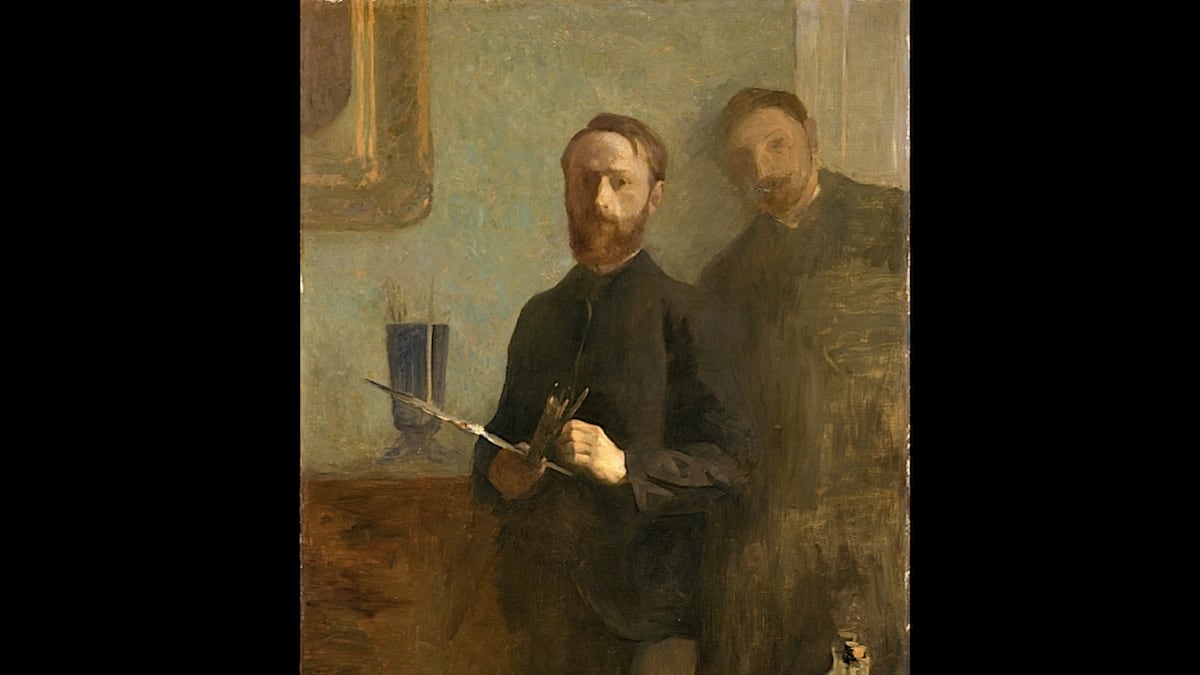Archive
Edouard Vuillard's "Self-Portrait with Waroquy", from 1889. (The Metropolitan Museum of Art, New York, Gift of Alex M. Lewyt)
Vuillard Self-Portrait at the Jewish Museum is the Daily Pic by Blake Gopnik
The Daily Pic: Edouard Vuillard shows how reflection looks.

Trending Now





